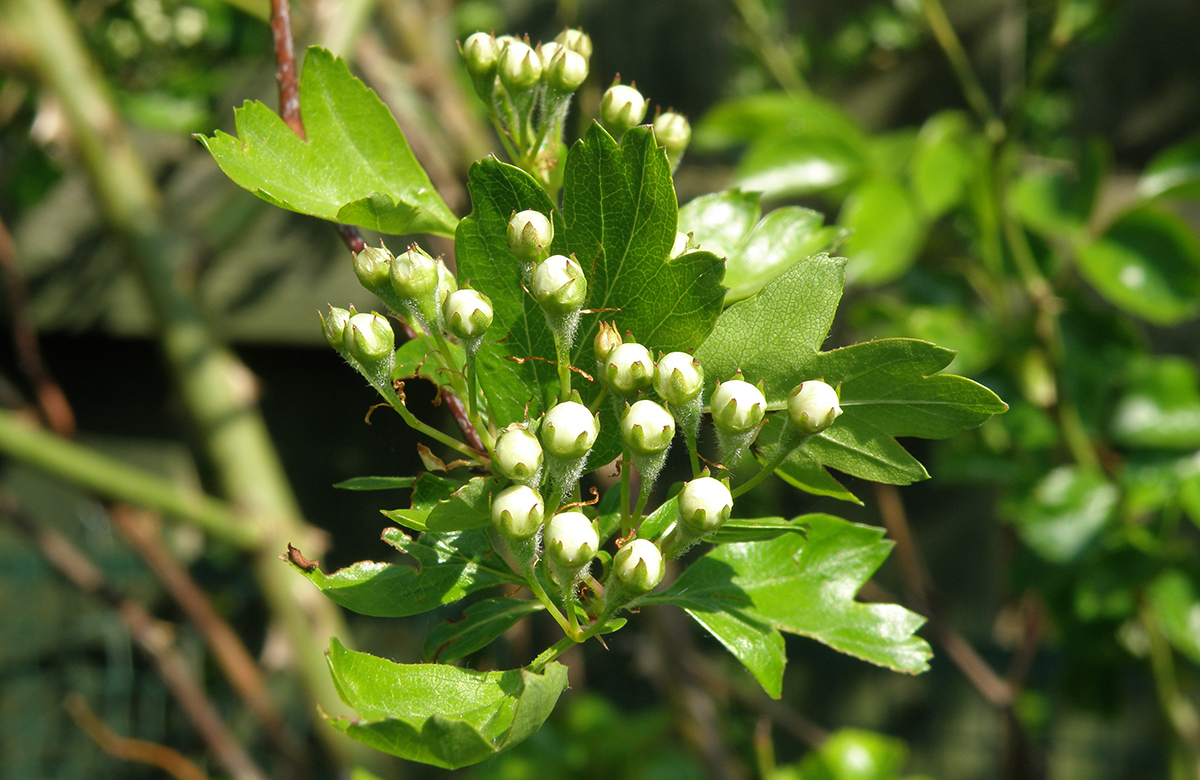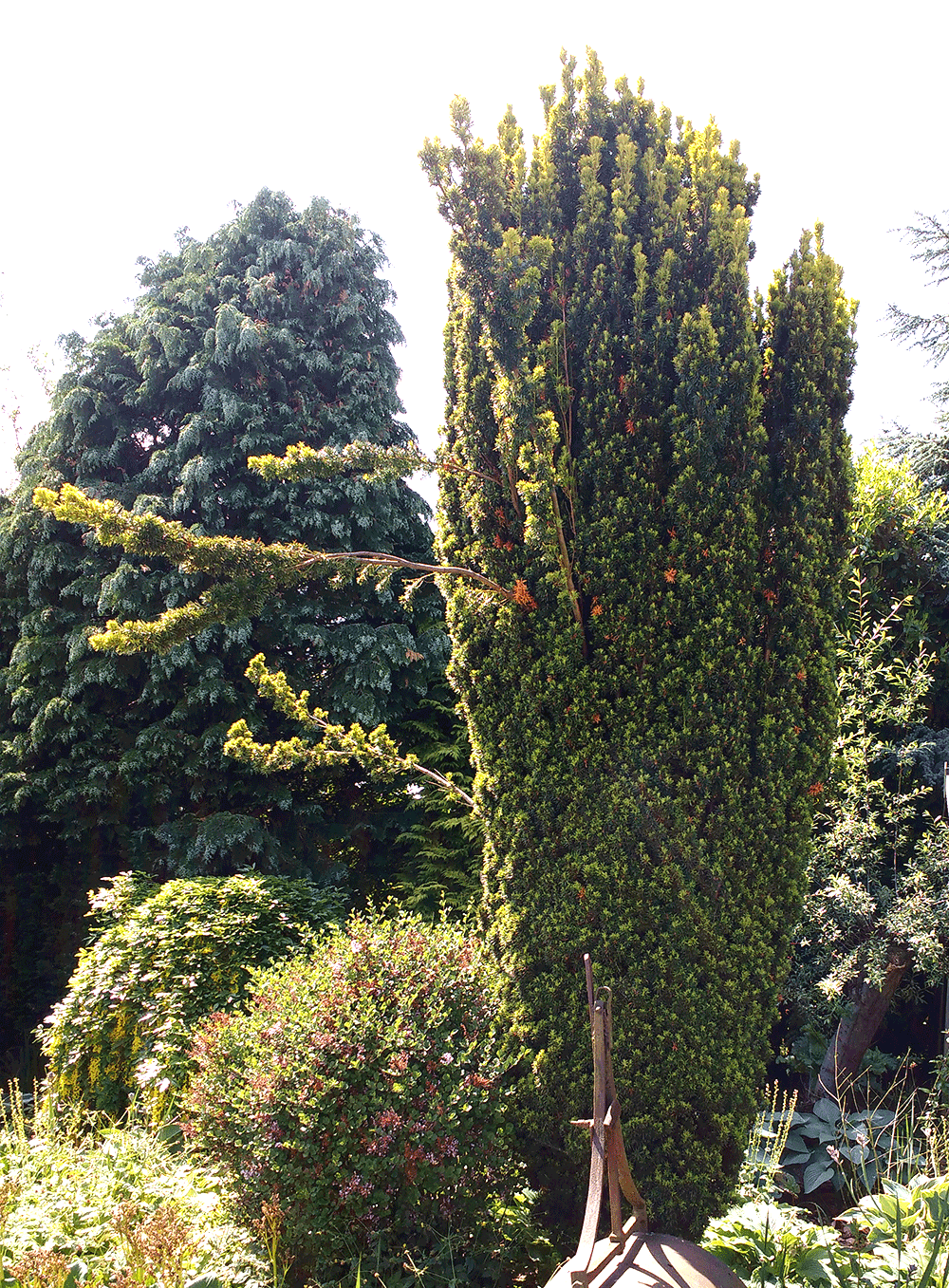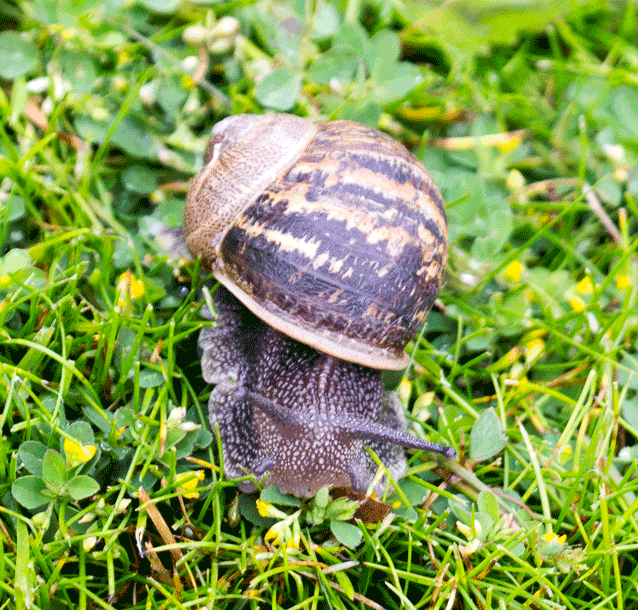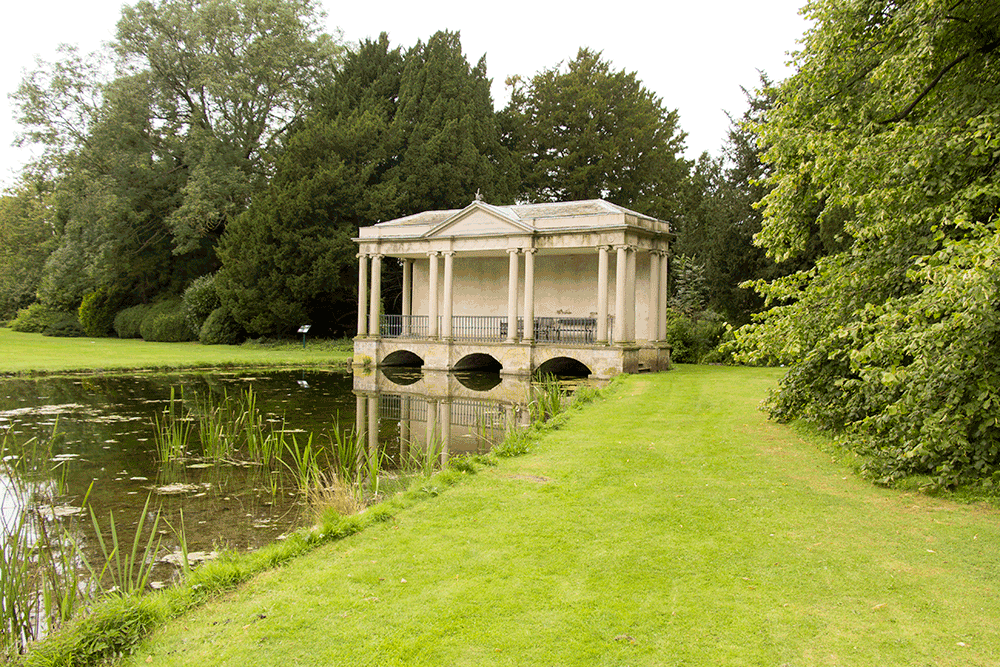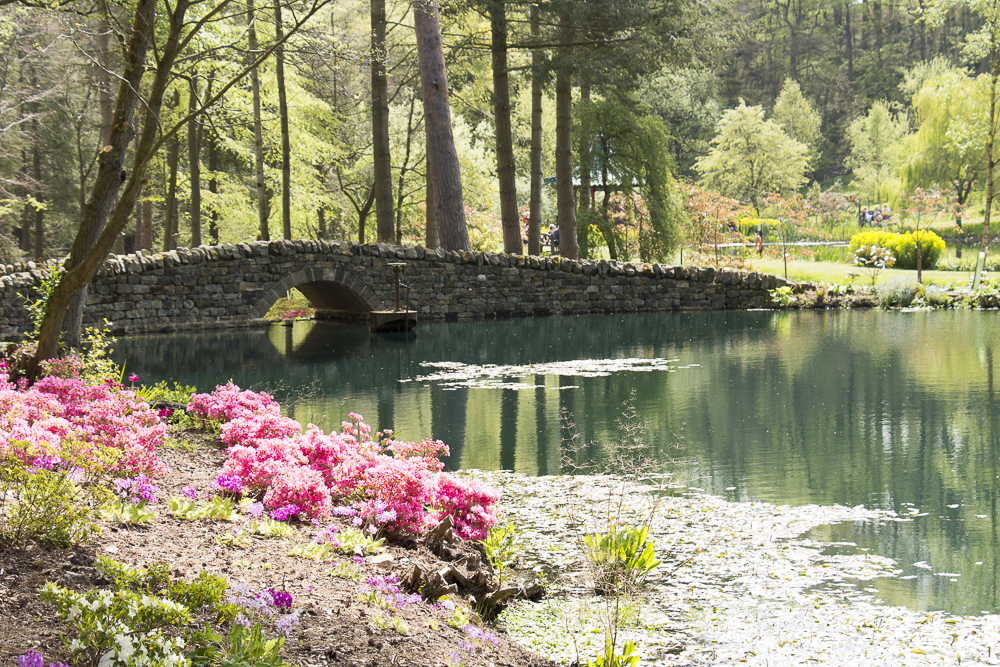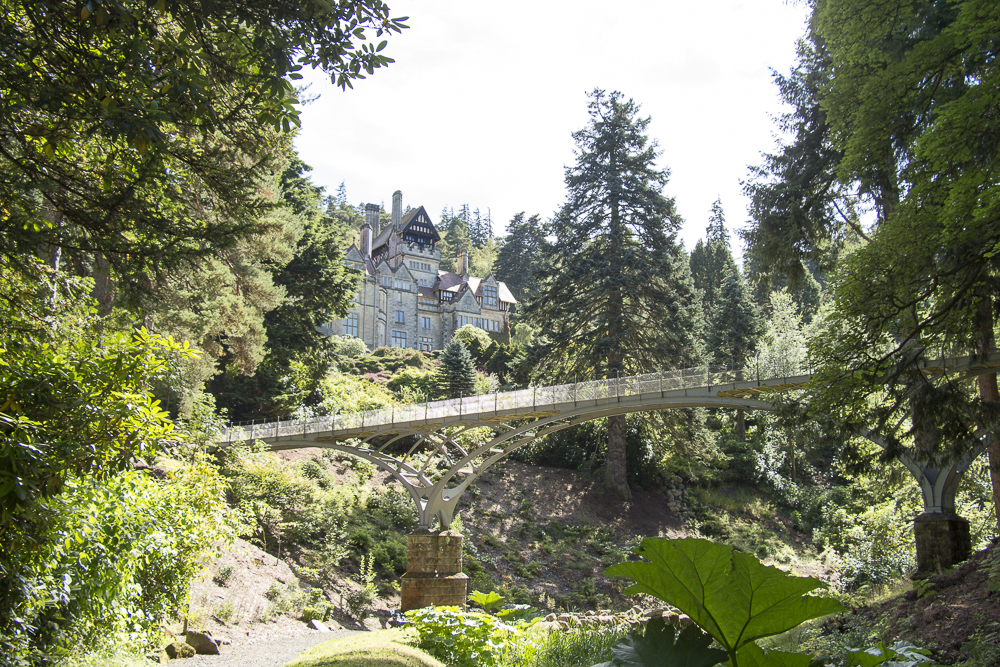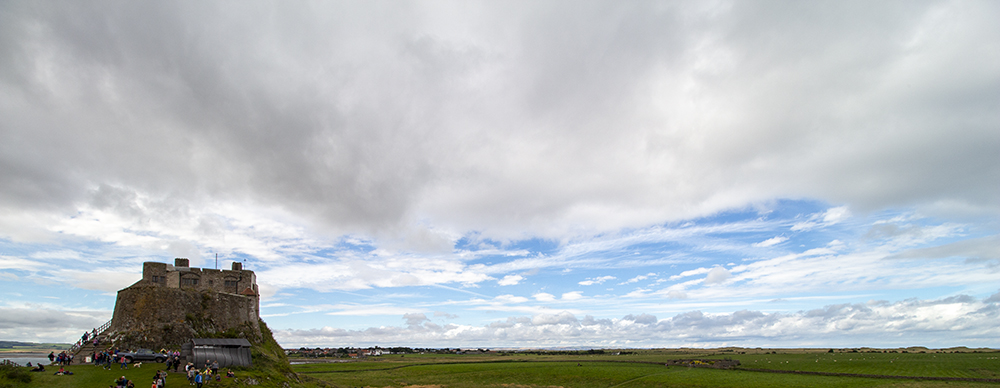-
Garden Myths
-
Garden Terms Explained
-
Crataegus monogyna

The common hedgerow plant Hawthorn is a familiar sight all over the UK and gets it name from it’s fruit which have the common name Haws and is sharp thorns. Also known as May or Mayflower due to its flowering time, it also goes by the common Quickthorn and Maythorn. Correctly known as Crataegus monogyna…
-
How to deal with collapsing plants

Every gardener has at some point had to deal with the problem of a plant that has at least in part collapsed. There are two main courses disease or mechanical damage usually due to wind or snow. Where a disease is the course there is no obvious sign of damage and normally all of the…
-
Controlling slugs and snails

If a man can write a better book, preach a better sermon, or make a better mousetrap than his neighbor, though he build his house in the woods, the world will make a beaten path to his door. Ralph Waldo Emerson The battle between gardener and mollusc seems a perennial one and I have lost count…
-
Scampston Hall

This is very much a garden of two distinct halves; separated by over 200 years and the work of designers that, though different in style, reflect their time. The first was Charles Bridgeman followed shortly afterwards by Lancelot (Capability) Brown and then much later Piet Oudolf.This is a garden that has benefited from remaining in…
-
Tatton Park

Owned by National trust but leased to Cheshire East Council which is responsible for the entire financial and operational management of the site. Strong desire to monetize estate. Many excellent features but a bit of a mish-mash. The Japanese Garden is to the west of the southern end of the Broad Walk and is considered…
-
The Himalayan Garden & Sculpture Park

This is a relatively new garden, dating from 1996, but is already showing great potential. When Peter and Caroline Roberts purchased the house and grounds there was little in the way of a garden; what is more they had little experience of gardening, Peter’s background was in the leisure industry. They were though heavily influenced…
-
Cragside

Baron William Armstrong and his wife Margaret purchased the land at Cragside in 1863 and spent the reminder of their lives, until his death in 1900, developing the gardens. William Armstrong seems to have chosen the location as a result of his childhood holidays spent in the area and by the time of the purchase…
-
Lindisfarne Castle Garden

This is a rather unusual garden; under 600 m² in area, about 160 m due north of the castle and a considerable walk from the castle entrance on the south side of the building. It’s not a garden you nip out too! What makes it stand out is the quality of its design. At the…


